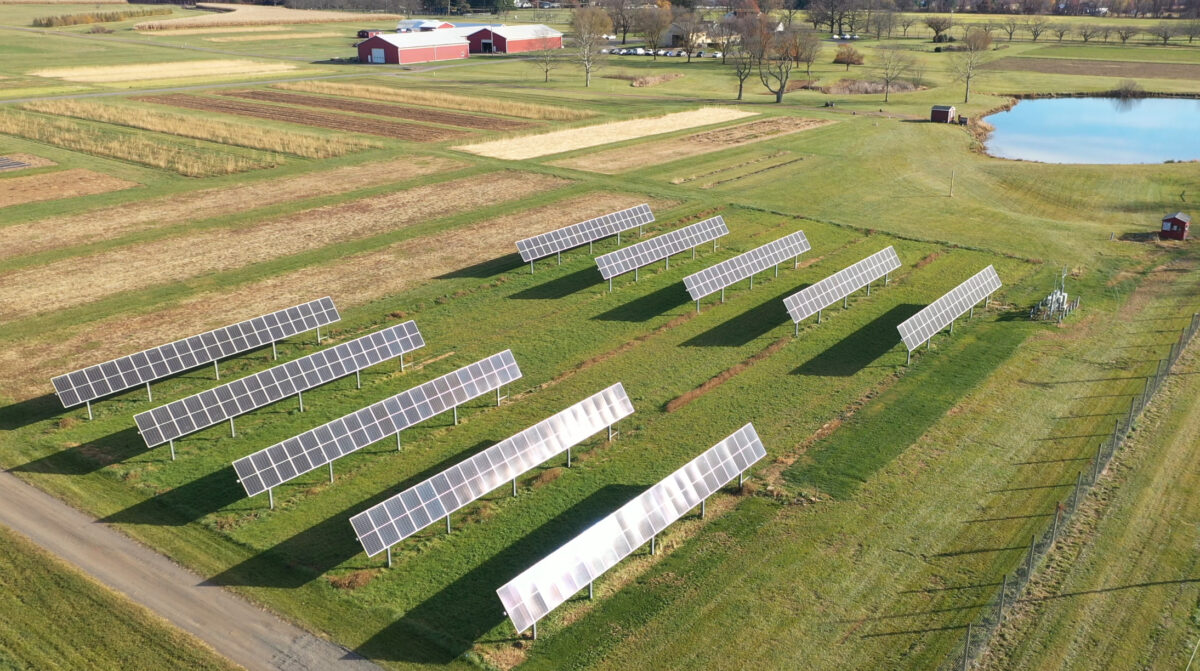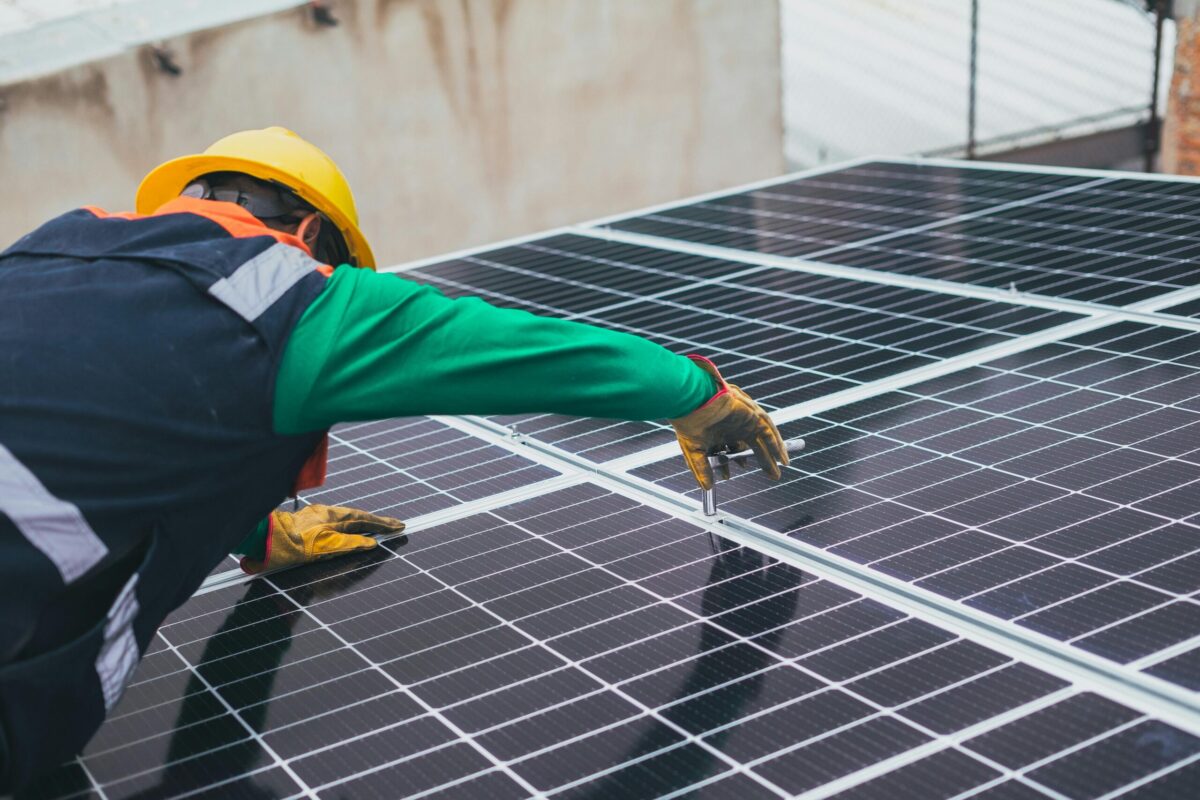SolarEdge Technologies, a provider of inverters, module level power electronics, battery energy storage, and other related technologies, announced it has been selected by Rutgers University to support research of dual-use agrivoltaics.
Agrivoltaics is the practice of installing solar arrays on function farmland. The arrays are typically raised higher than a traditional array, leaving space for crops to grow below.
Administered by the New Jersey Board of Public Utilities, Rutgers will assist the Dual-Use Solar Energy Pilot Program. The program is a three-year study of 200 MW of agrivoltaic installations.
“The aim of our research is to develop knowledge that will help to establish practices that can help improve both the sustainability and viability of farms through safe and regulated adoption of solar energy,” said Margaret Brennan-Tonetta, director of resource and economic development, New Jersey Agricultural Experiment Station.
(Read “Has the US caught up with European agrivoltaic deployment?”)
The program includes three project sites, including a different panel mounting method to understand effects on cost, agricultural production, and electricity generation.
- Rutgers Animal Farm in New Brunswick has vertically mounted bifacial panels and will be used for the production of forage crops and beef cattle grazing (170 kWDC installed and grid-connected)
- Snyder Research and Extension Farm in Pittstown has single-axis trackers and will be used for hay production (94.5 kWDC installed and 82.4 kWDC grid-connected)
- Rutgers Agricultural Research and Extension Center in Bridgeton has single axis trackers with both single-wide and double-wide rows of panels and will be used for the production of vegetable and staple crops (255 kWDC installed and 48.6 kWDC grid-connected)
Each site will use SolarEdge’s module level power electronics (MLPE) to collect and analyze production data.
“Agrivoltaics is a perfect example of a real ‘win-win’,” said Bertrand Vandewiele, general manager, SolarEdge North America. “This practice allows for expanded solar development to address climate change, without the land-use challenges often associated with ground mounted solar developments. It can also provide benefits for farmers, allowing a stable revenue stream and protection against climate hazards.”
Vandewiele shared that in the U.S., there are already more than 500 active agrivoltaics sites, adding a total of 9 GW of solar capacity to the grid. He said these numbers are likely to grow as interest in agrivoltaics has been greatly expanding, as indicated by the increase in support and funding for the sector. For example, the U.S. Department of Agriculture’s funding for agrivoltaics more than tripled from 2021 to 2022.
NJBPU, the New Jersey Department of Agriculture, the State Agricultural Development Committee, the New Jersey Department of Environmental Protection, and the Rutgers Agrivoltaics Program are participating in the pilot.
(Read about a vertical solar study at Rutgers in “New Jersey farm studies agrivoltaics with vertically mounted solar“)
Research areas for the pilot program will include:
- Impact on yield and quality of vegetables, nursery crops, sod, cranberries, blueberries and grapes
- Impact on pastures and animals (sheep, cows, horses) grazing underneath solar panels
- Opportunities for Controlled Environment Agriculture (greenhouses and high tunnels), including the use of supplemental lighting powered by photovoltaics
- Greenhouse Gas (GHG) based-Life cycle assessment for conventional field production versus crops grown under agrivoltaic systems, including the impact on water consumption and renewable energy generation
- Optimal design of agrivoltaic systems for NJ farms (pole placement and height, panel type and efficiency, panel tilt angle, tracking systems, etc.)
- Economic opportunities and challenges for agrivoltaics in NJ
Read more global pv magazine coverage of agrivoltaics.
This content is protected by copyright and may not be reused. If you want to cooperate with us and would like to reuse some of our content, please contact: editors@pv-magazine.com.









NJ already has a lot of farmers nearby and should collaborate with them and include them in their “research” to provide faster adoption of AgriVoltaics (AV) by farmers in NJ.
The best part is these farmers, like in other States, are the biggest landowners… ready to install PV Panels and implement AV…
AV is ready for Implementations… the Basics are already there… PV Panels, Hardware etc, land with Solar exposure and hundreds of years experience with different types of Agricultural products… They just have to be Integrated and Optimized. The earlier the better, as every KWhe of Pollution Free Electricity generated saves human lives and suffering somewhere in the USA and around the globe, providing an immediate “payoff” for mankind…
Mankind cannot afford to Research-n-Develop On and On…. and needs Pollution Free AV Electricity asap, so as to start shutting those Polluting Facilities and Equipent down asap… and saving Human Lives & Suffering..